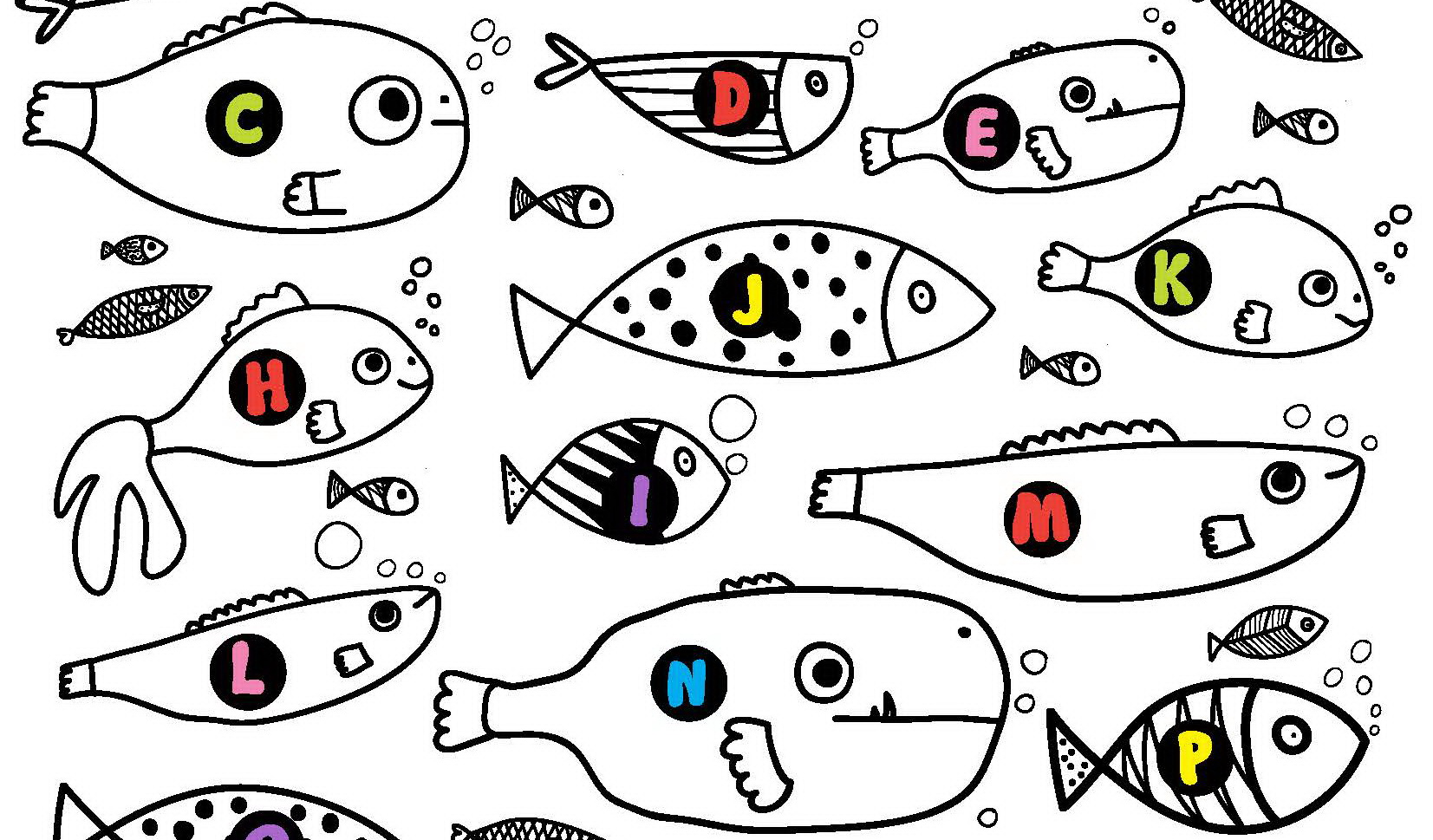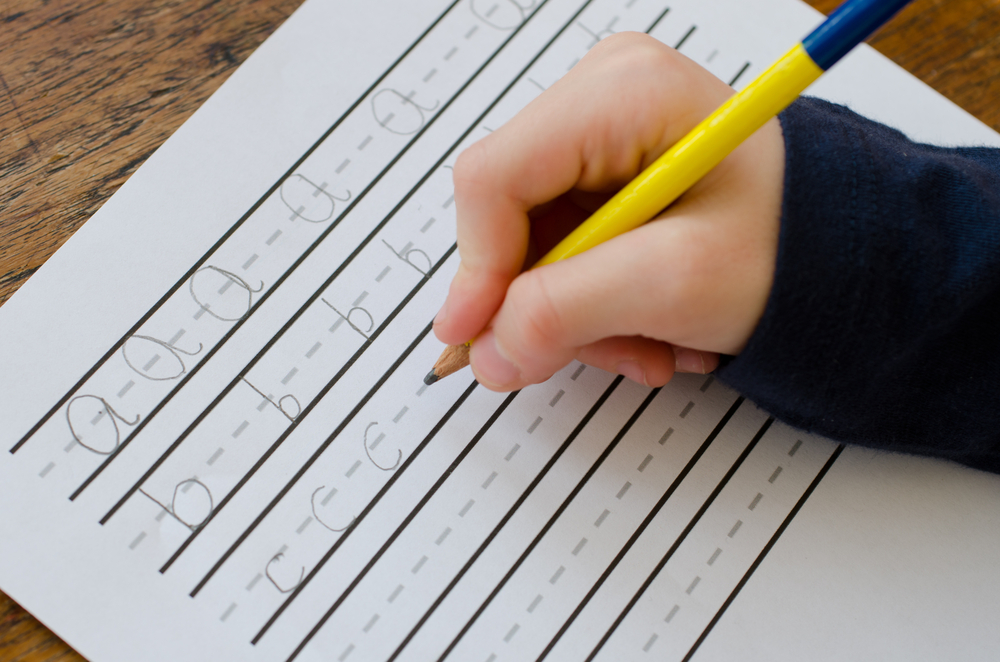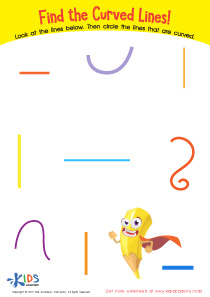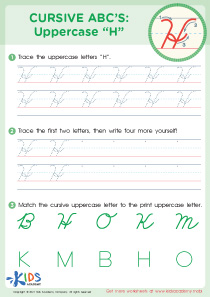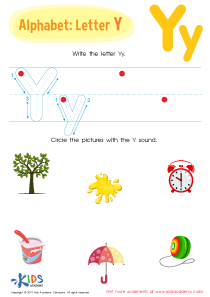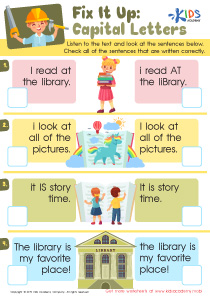Hand-eye Coordination Tracing Letters Worksheets for Ages 5-7
6 filtered results
-
From - To
Introducing our Hand-eye Coordination Tracing Letters Worksheets for Ages 5-7! These engaging worksheets are specially designed to develop your child's hand-eye coordination while reinforcing alphabet recognition and writing skills. Each exercise involves carefully tracing and writing upper and lower case letters, promoting fine motor control and visual-motor integration. Perfect for preschoolers and early elementary students, these worksheets ensure learning is both interactive and fun. Give your child a head start on their handwriting journey with our expertly crafted tracing worksheets. Browse our collection and watch their confidence soar as they master each letter!
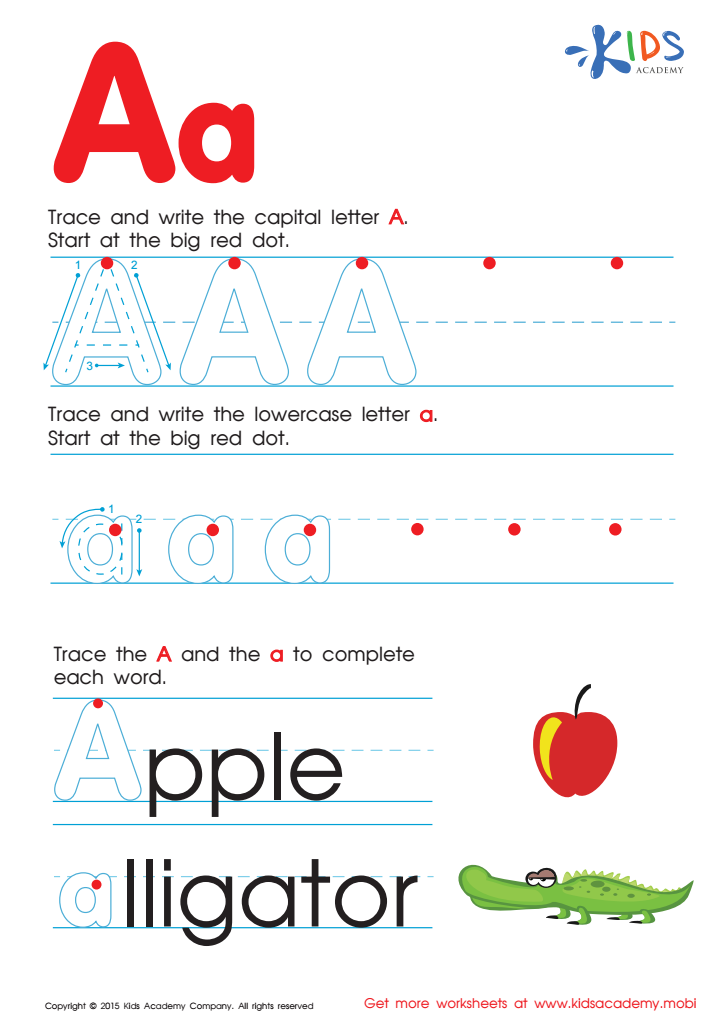

Letter A Tracing Page
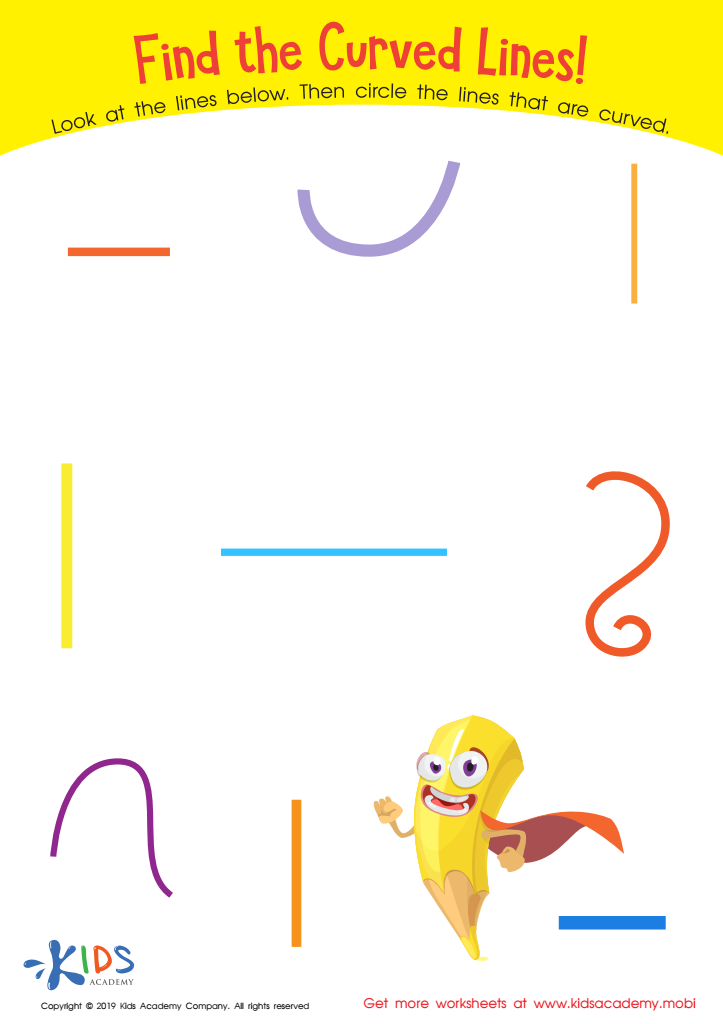

Find the Curved Lines! Worksheet
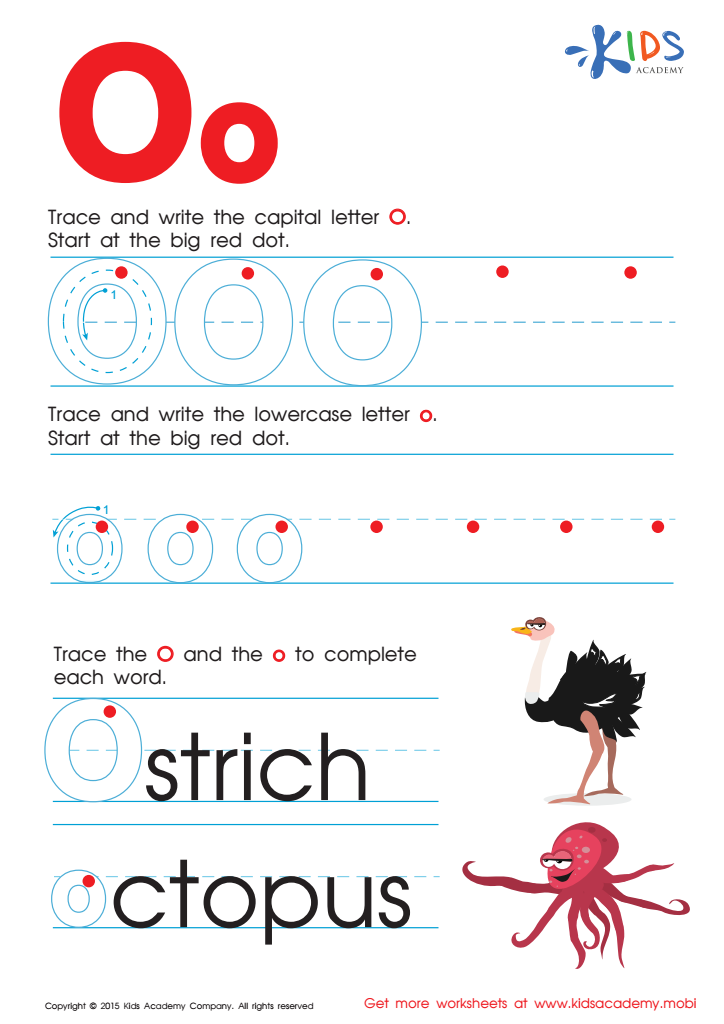

Letter O Tracing Page
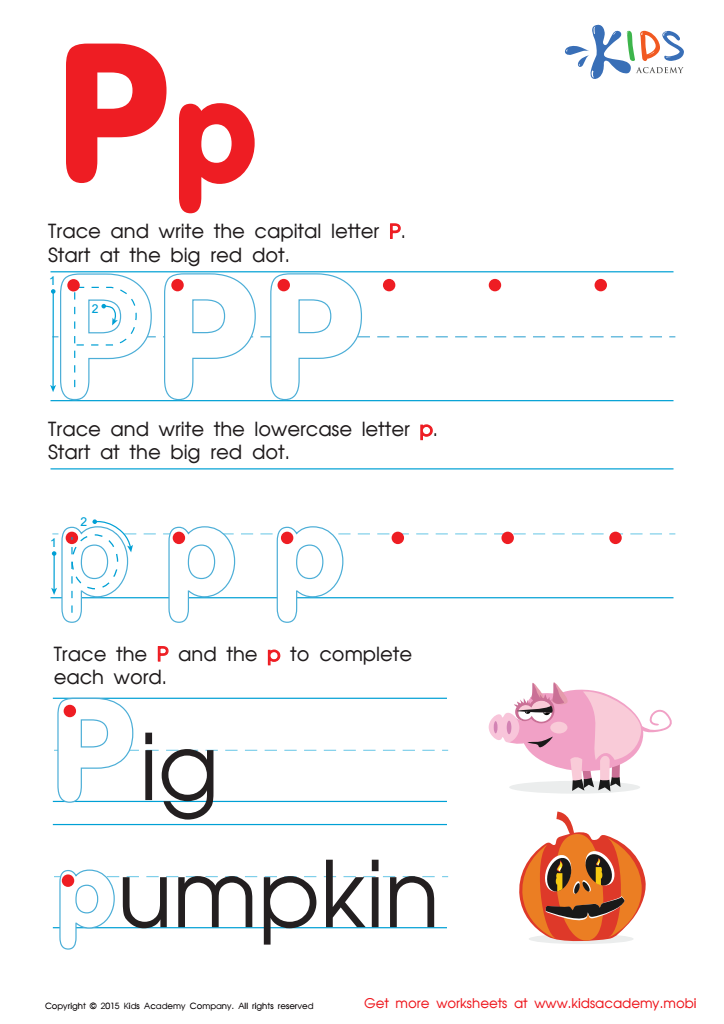

Letter P Tracing Page
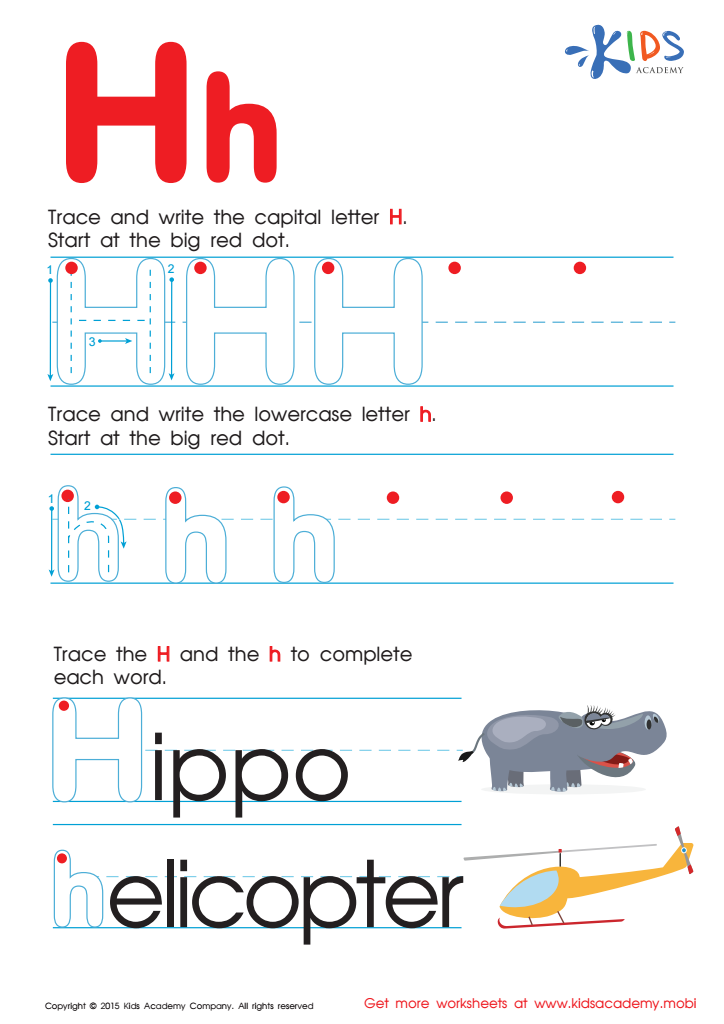

Letter H Tracing Page
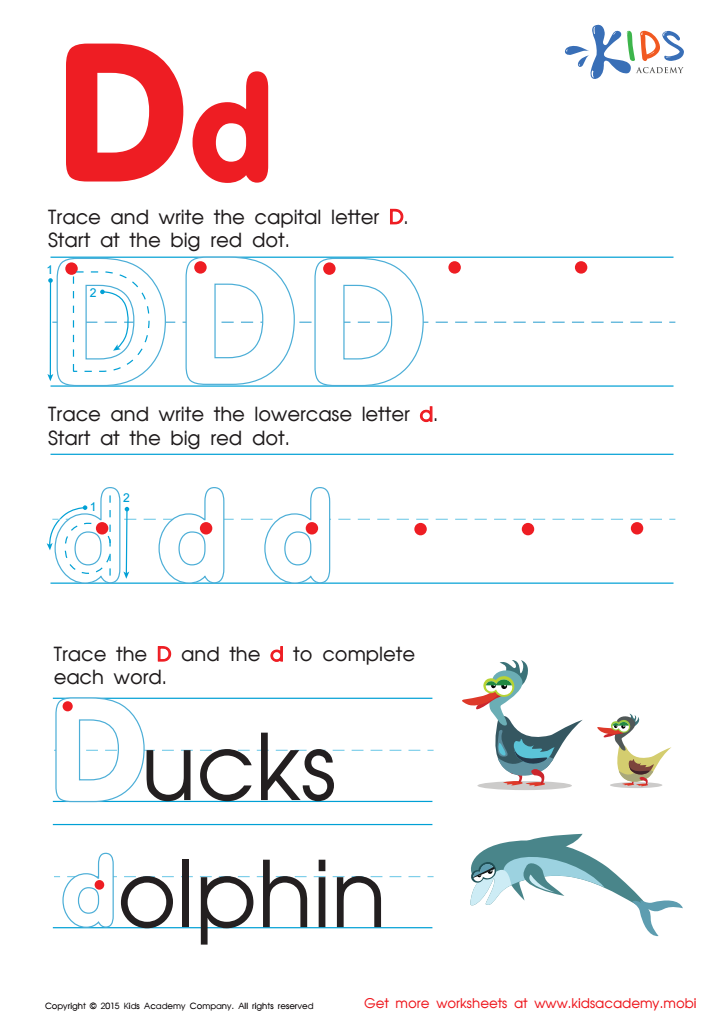

Letter D Tracing Page
Hand-eye coordination is essential for early childhood development, and tracing letters serves as an excellent exercise for improving this skill in children aged 5-7. Both parents and teachers should prioritize this activity for several reasons. Firstly, hand-eye coordination is a fundamental motor skill that enables children to perform everyday tasks such as dressing, eating, and, most importantly, writing. Tracing letters helps in fine-tuning these small muscle movements required for proper pencil grip and controlled hand movements.
Secondly, tracing letters bridges the gap between motor skills and cognitive development. As children trace letters, they not only enhance their physical coordination but also reinforce their understanding of shapes, symbols, and the alphabet, forming a critical foundation for literacy. It's an interactive way of ensuring that what they learn visually is translated into meaningful, tangible actions.
Additionally, engaging in tracing activities boosts concentration and focus, necessary for academic success. The repetitive nature of tracing aids in developing persistence and patience, qualities beneficial beyond just schooling.
Lastly, this simple yet effective practice supports eye-hand coordination critical for numerous other academic and play activities like art, sports, and even computer use. Hence, incorporating letter-tracing exercises into early education enriches a child's developmental trajectory, providing concrete benefits in both academic and everyday contexts.
 Assign to My Students
Assign to My Students








